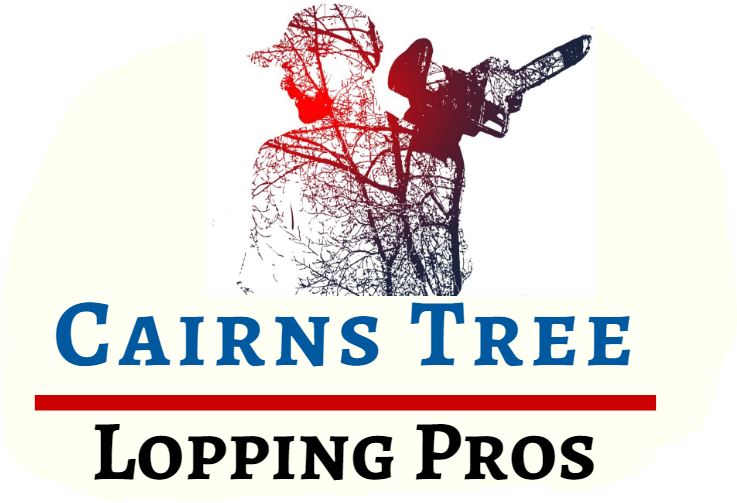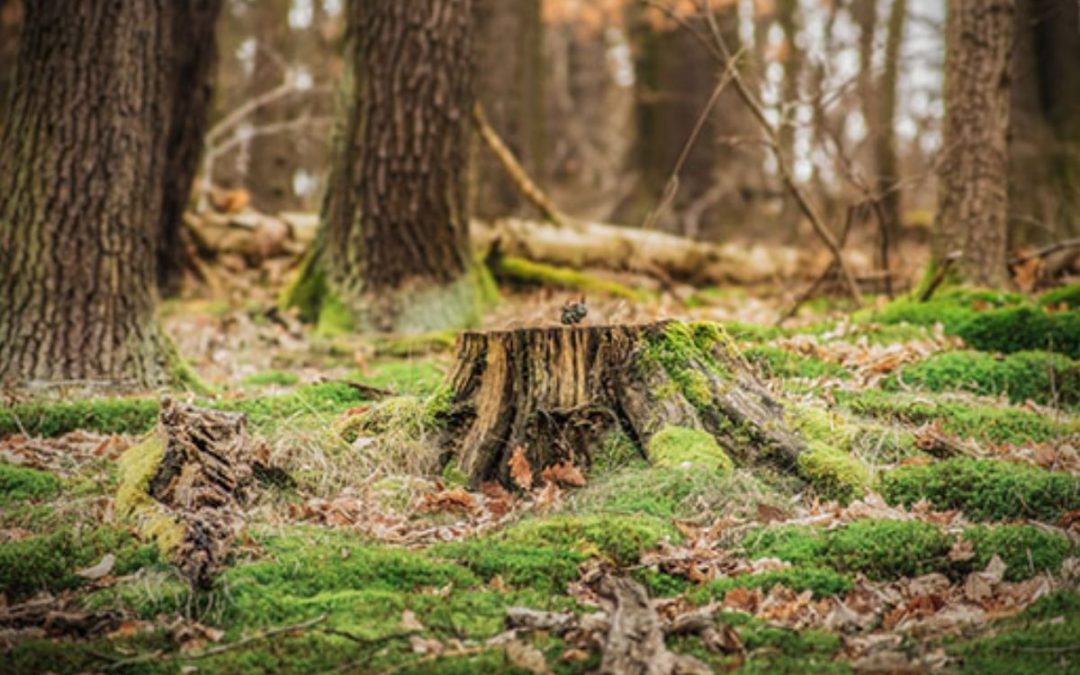Table of Contents
What Happens to Roots After Stump Grinding?
If you’ve ever had a tree stump removed, you know that the process can be noisy, messy, and time-consuming. But what happens to those roots after the stump is gone? Do they just disappear into thin air? Let’s take a look at what really happens to tree roots after stump grinding.
The process of stump grinding usually starts with the removal of the tree trunk. Once the trunk is gone, the grinder moves in and starts working on the roots. The vast majority of tree roots are located in the top 12 inches of soil, so that’s where the grinder will do most of its work.
As the grinder moves over the roots, it breaks them up into small pieces. The machine then collects these pieces and grinds them into mulch. The mulch is then typically used as landscaping material or blown away by the wind. In some cases, the mulch may be collected and used as compost.
After the stump grinding is complete, it’s important to fill in the hole left behind. This can be done with topsoil, compost, or other organic materials. Filling in the hole helps prevent sinkholes from forming and prevents trip hazards. It also helps your yard look more tidy and presentable.
What happens to roots when a tree is cut down?
When a tree is cut down, the roots usually stay in the ground. This is because they’re so big and strong that it’s hard to remove them without causing damage to your property. In some cases, you may be able to dig up the roots and remove them, but this is usually not recommended. If you do try to remove the roots, be sure to use caution so that you don’t damage any underground utilities.
The roots will eventually decay, but this process can take several years. The stump of the tree will also eventually decay, but this process can take even longer—up to 10 years in some cases. If you want to speed up the decomposition process, you can grind up the stump and roots or treat them with chemicals. However, these methods are not always effective.
Do they continue to grow?
The answer is yes, the roots of trees do continue to grow. As a tree grows, its roots also grow and spread outwards. The rate at which tree roots grow depends on many factors, including the type of tree, the soil conditions, and the availability of water.
Tree roots typically grow to a depth of 2-3 times the height of the tree. For example, if a tree is 30 feet tall, its roots will typically extend to a depth of 60-90 feet. However, there are exceptions to this rule. Some trees, such as cottonwoods and willows, have shallower root systems that only extend 1-2 times the height of the tree.
The primary function of tree roots is to anchor the tree in place and absorb water and nutrients from the soil. Tree roots also store carbohydrates that can be used by the tree during periods of stress, such as drought. In some cases, tree roots can also help support other plants that are growing nearby.
What are the benefits of stump grinding?
Most people are aware that tree stumps can be unsightly. But did you know that they can also pose a safety hazard? Not to mention, they can be difficult to mow around. Luckily, there’s a solution: stump grinding. Keep reading to learn more about the benefits of stump grinding.
Safety Hazard Prevention
One of the most important benefits of stump grinding is that it prevents tree stumps from posing a safety hazard. When left unaddressed, tree stumps can become trip hazards. This is especially true if they’re located in an area where people walk or play frequently. By having the stump removed, you can help create a safer environment for everyone.
Mowing Made Easy
Another benefit of stump grinding is that it makes mowing much easier. Have you ever tried mowing around a tree stump? It’s not fun. Not only does it take forever, but it’s also dangerous. There’s a good chance you could damage your lawnmower. To save yourself the hassle (and potential expense), we recommend having the stump removed.
Enhance Your Curb Appeal
Last but not least, stump grinding can help enhance your curb appeal. If you’re trying to sell your home, first impressions are everything. And let’s face it: a big tree stump in your front yard isn’t exactly inviting. By removing the stump, you can make your property more attractive to potential buyers.
Conclusion:
Stump grinding is an effective way to remove tree stumps without damaging your lawn or causing any long-term damage to your property. Once the stump grinding is complete, it’s important to fill in the holes left behind to help prevent sinkholes and trip hazards. It’s also important to remove any mulch or debris from the stump grinding area to keep your lawn looking neat and tidy.
If you’re not sure how to go about stump grinding, it’s best to hire a professional tree service company. They will have the proper equipment and knowledge to safely and effectively remove your tree stump.


